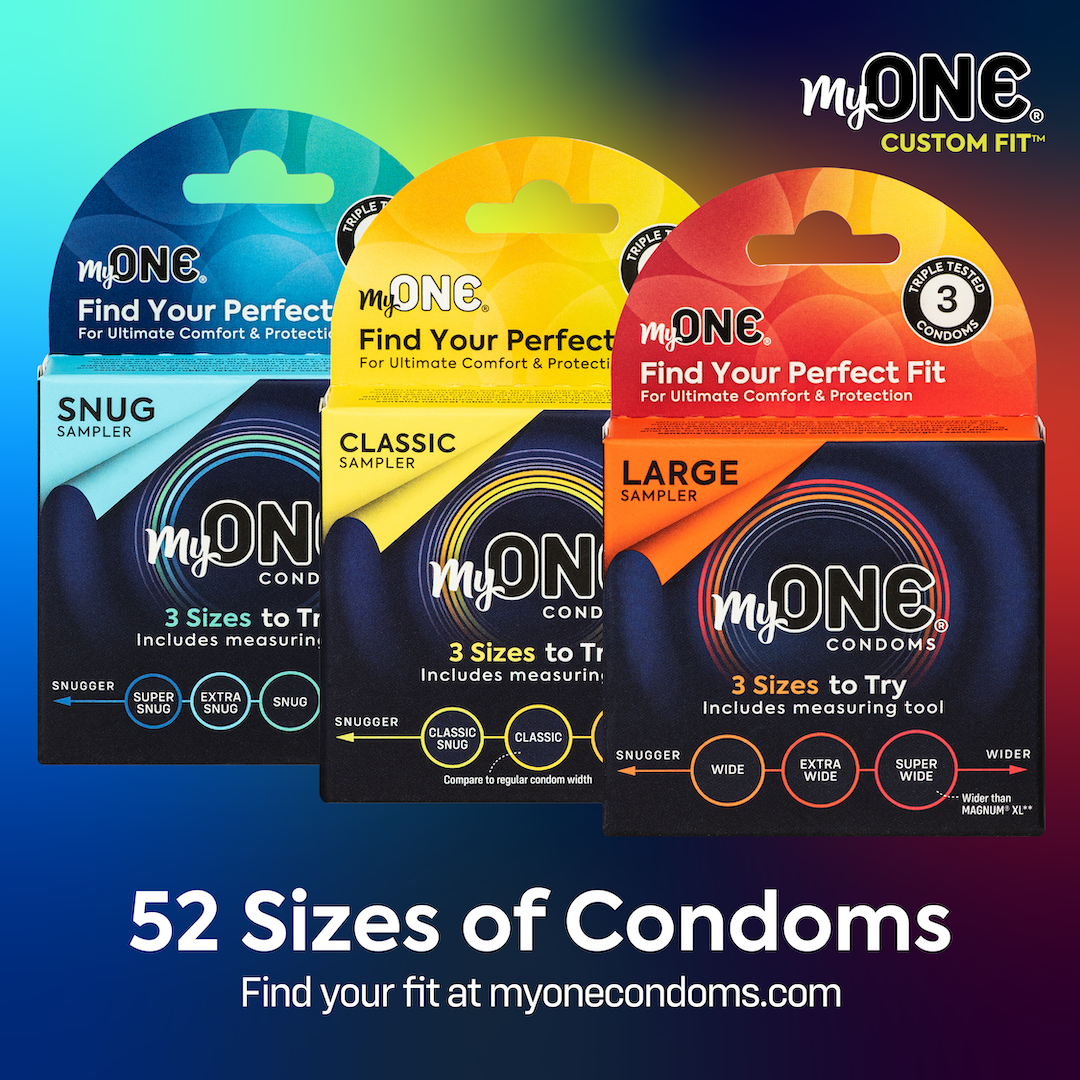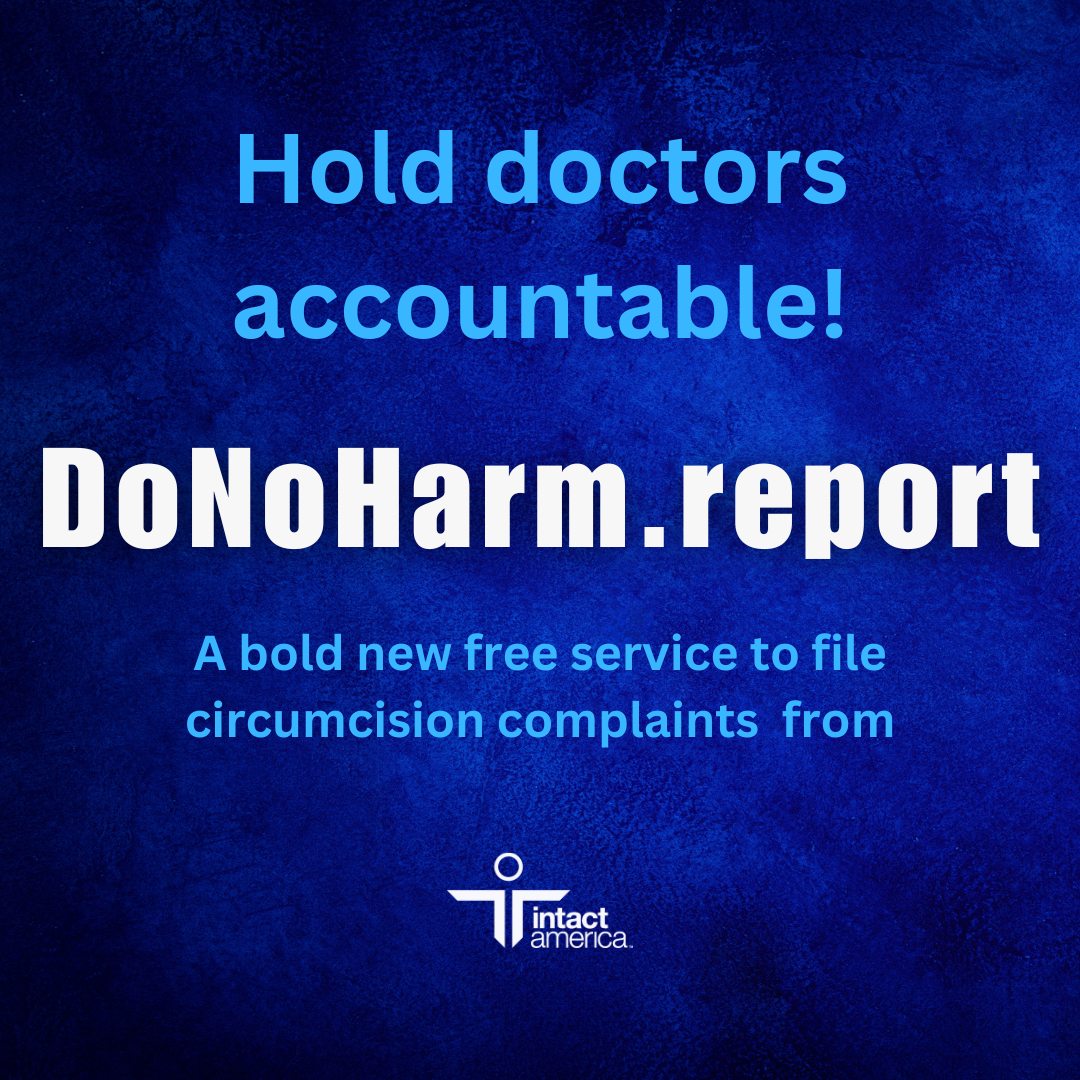
Most parents do not even realize that circumcision, often referred to and minimized as a procedure, is traditionally a surgery involving a scalpel or surgical scissors that alters a fundamental aspect of an individual’s genitalia. It is an act that has both long- and short-term implications for both health and the ethics of personal autonomy.
“Even my friends were looking away nervously when I described the mechanics of a circumcision—how the doctor swabs the immobilized baby, pries his foreskin from the head of the penis with a metal probe, clamps the foreskin for several minutes to keep it from bleeding, and then cuts away between half and two-thirds of the penile skin. And during the whole thing, the baby is shrieking until he passes out in shock.”
– Georganne Chapin, author of “This Penis Business” (Lucid House Publishing, 2024)
Any circumcision carries risks of infection, hemorrhage, urinary retention, inflammation, glans amputation, glans necrosis, hematoma, excessive removal of the foreskin, adverse reaction to and the potential for meatal stenosis, chordee, skin adhesion to glans, fistula, inclusion cyst, penile rotation, trapped penis, penis amputation or disfigurement, sexual, psychological, and emotional repercussions, and death.
In this article, we will look at the types of circumcision that are done to infants, along with the consequences of this medically unnecessary surgery. Through this exploration, we hope to shed light on a practice that Intact America staunchly opposes, empowering individuals to make informed decisions about their bodies and raising essential questions about cultural norms, medical justifications, and the fundamental right to bodily autonomy.
Types of Circumcision
1) The Gomco Clamp
The Gomco Clamp method, one of the more traditional approaches to circumcision, has been continuously employed for over 70 years in various healthcare settings. Recognized for its standardized procedure, the Gomco Clamp is characterized by its distinctive clamping device, which is central to its technique.
How Gomco Clamp Works: This device consists of a bell-shaped instrument (cap), platform, hooking arm, and screw device. First, the foreskin is clamped by two hemostats, creating an opening down which an instrument is inserted to separate the skin from the glans. Then the skin is cut lengthwise to expose the glans (dorsal slit). It may require probing to break up skin adhesions. Then the bell or cap is placed over the glans, and the penis, foreskin, and covered glans are drawn through the hole in the platform. Turning the screw device forces the cap against the hole and squeezes the foreskin. A scalpel is then used to cut the foreskin around the base of the Gomco Clamp.
Consequences and Dangers: Watching the surgery on an infant is not for the squeamish. The Gomco Clamp has faced scrutiny regarding potential complications, such as issues related to the placement and removal of the clamp, causing too much skin to be removed from the shaft of the penis. As with all circumcisions, there is the danger of excessive bleeding and infection, and there is no question that it results in discomfort and potential trauma for an infant.
2) The Mogen Clamp
Designed by Rabbi Harry Bronstein in 1954, the Mogen clamp is the most commonly used by mohels for ceremonial circumcision.
How the Mogen Clamp Works: The Mogen Clamp is a surgical instrument with a flat, shield-like base and a hinged, circular blade. To perform a circumcision using this method, the operator first separates the foreskin from the penis glans in the same way that preceded the Gomco Clamp method. The Mogen Clamp is then placed over the glans, with the foreskin securely held between the blade and the base. Once in position, the clamp is closed, severing the foreskin that extends beyond its edge.
Consequences and Dangers: This technique and device are considerably quicker than the Gomco Clamp procedure, although still traumatic and painful for the baby, even with an anesthetic. Many medical professionals and advocacy groups have voiced concerns about the potential for uneven cuts and inadequate removal of the foreskin, which may result in complications such as skin bridges and the need for corrective surgery.
3) The Plastibell Method
Introduced in the 1950s, the Plastibell Method is recognized by its distinctive plastic ring device that adheres to the penis until falling off in 10 to 14 days.
How the Plastibell Method Works: The Plastibell Method involves using a specially designed plastic ring with a groove running around its circumference. As with the Gomco and Mogen Clamp techniques, the foreskin is first clamped and cut. The Plastibell ring is then inserted over the glans and foreskin, with the foreskin protruding through the ring’s groove. A ligature or string is tied around the groove, compressing the foreskin and causing it to lose blood circulation, with the tissue withering away, exposing the glans.
Consequences and Dangers: Although this technique does not require the removal of the foreskin by surgery, there are still complications, and it is visibly uncomfortable. The most common complication is delayed separation of the ring, followed by bleeding, excess mucosa, infection, disposition, and hematoma.
One baby after another was circumcised, and parents didn’t have a clue about what their babies were experiencing during the procedure. I began providing accurate information so that when parents signed a consent form, they were truly informed. Due to my sharing what I was learning, other nurses were doing this, each in their way.
First, I would ask what the mother knew: for example, I would say, “I have a consent form here for your baby’s circumcision, which you will need to sign. May I ask why you have decided to have your baby circumcised?”
The answers varied somewhat, but often it was, “Because it’s cleaner and healthier.”
If that were a mother’s response, I would ask, “Did you know that the American Academy of Pediatrics says that soap and water offer all the advantages of circumcision without the risks of surgery?”
“Circumcision is surgery?” the mother would invariably ask.
When I said it was, a mother often asked about anesthesia. I would tell the truth—babies were not anesthetized for circumcision. Even today, after the harmful effects of pain and trauma to the baby’s developing brain and body are well documented, about half of the babies in the United States still are circumcised without anesthesia.
Marilyn Milos, Please Don’t Cut the Baby!, 2023, Lucid House Publishing






No Comments